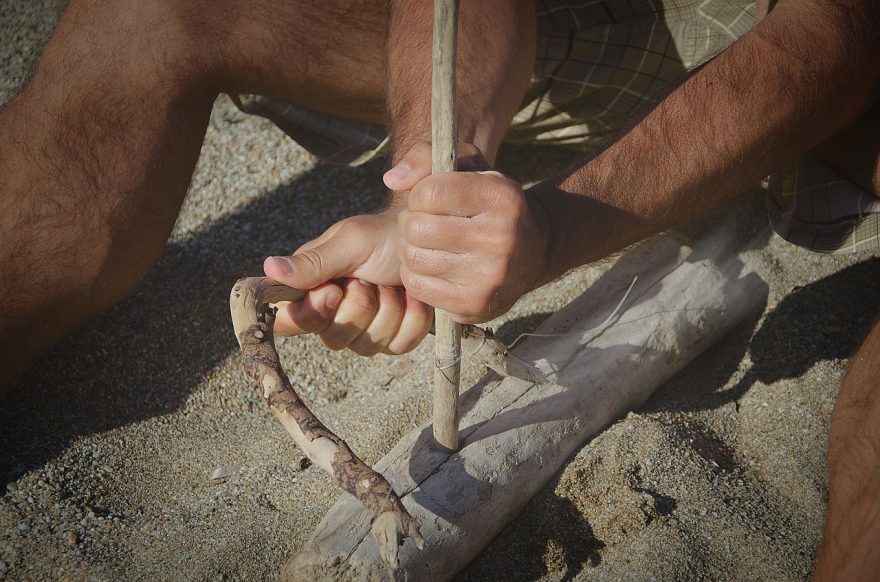
Knowing how to signal for help may effectively dictate how a life threatening situation can play out. You should always attempt to plan and prevent anything serious from happening, but it is equally important to know how to get yourself out of danger, too.
Signaling for help is an underrated and dying survival art form, most likely down to the reliance on modern technology, such as cell phones and good reception. What happens if this fails you? Would you know how to alert somebody that you’re in danger?
Whistle
The good old fashioned whistle is overlooked. It doesn’t take up much room at all and the sound can carry for a fair distance. The international distress signal on a whistle is three blasts.
Choose a brightly-colored whistle so that it’s easy for you to find, and we’d suggest attaching it to a string or lanyard to avoid the risk of losing it. Whistles are easy to use, don’t require any setup and a child can be taught how to signal with one if needed.
Signalling Mirror
Again, this form of distress signaling doesn’t rely on technology, a Wi-Fi connection and it doesn’t take up a lot of space in your backpack. With the right aiming, the light from a signaling mirror can travel up to 10 miles. This is useful to alert the attention of emergency aircraft, boats, and vehicles.
It will take a bit of skill and practice to aim it properly, so it’s worthwhile investing a bit of time before an adventure to master the art of using this. Ideally, choose a mirror with a sighting lens.
Flares
Flares are super cheap to purchase and create quite the effect. They’ll burn around one to five minutes, so keep this in mind if your resources are limited. There are three main types of flares available; handheld, personal and rocket. Although they are most effective at night, they can still be used during the day. Distress flares are mainly used at sea.
Ground to Air Signals
If you are in a large, open space then this option might be best for you. You can make certain symbols on the ground, each with a different distress meaning. Try to make the symbols with something which will contrast the most with the ground, such as fallen tree branches.
- V – requires assistance
- X – requires medical assistance
- N – no or negative
- Y – yes or affirmative
- Ý – proceed in this direction
Signal Fire
As well as using this as a signal for help, being able to start a fire when lost or in a dangerous situation is important to keep warm, fend off predators, cook food and boil water.
For a signal fire to be effective, aim to make the smoke as black as you can by burning green vegetation and rubber if you have it on hand. Of course, under normal circumstances, it is advisable to not burn rubber, but when your life depends on it, burn away.
 Your Privacy Choices
Your Privacy Choices